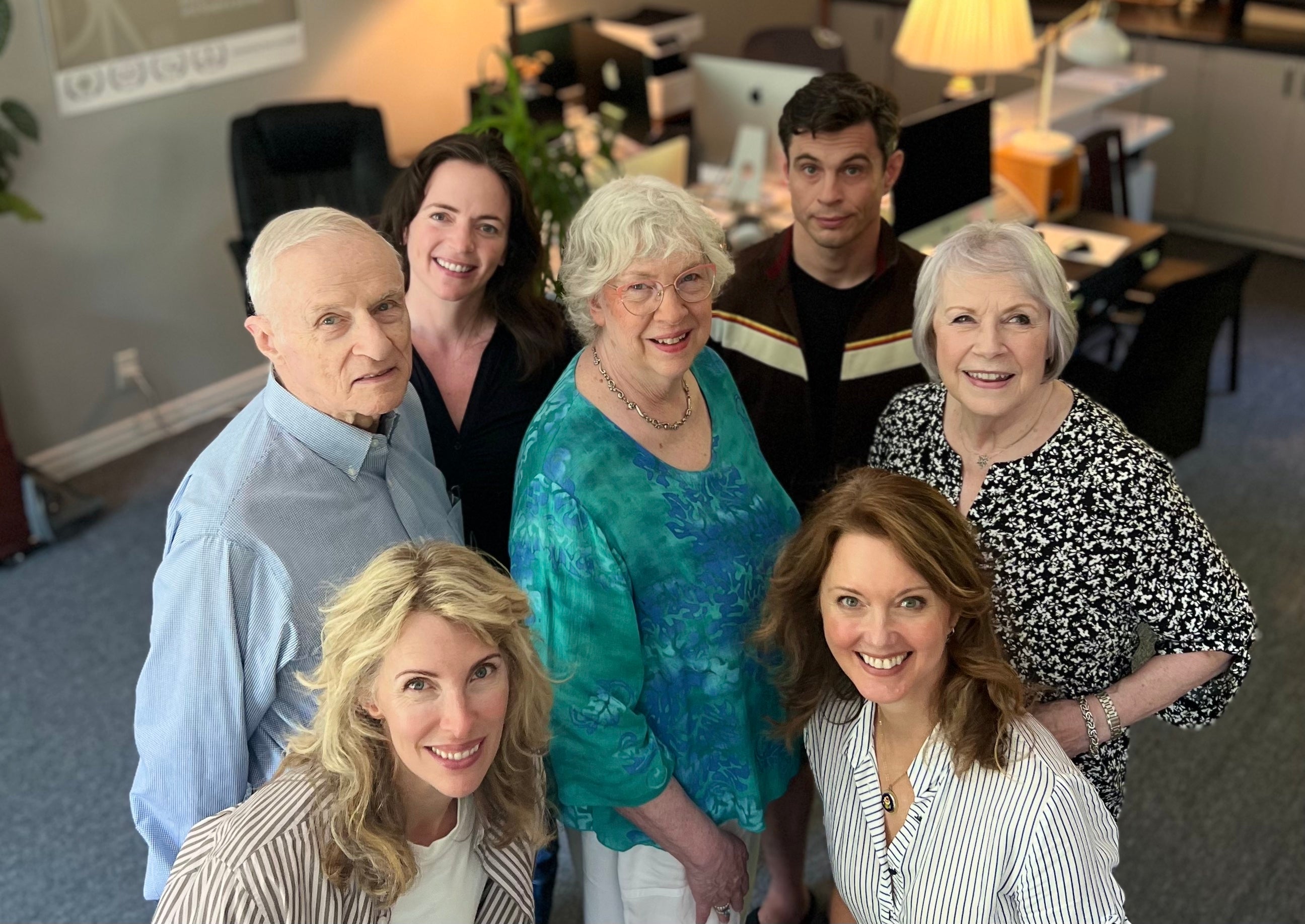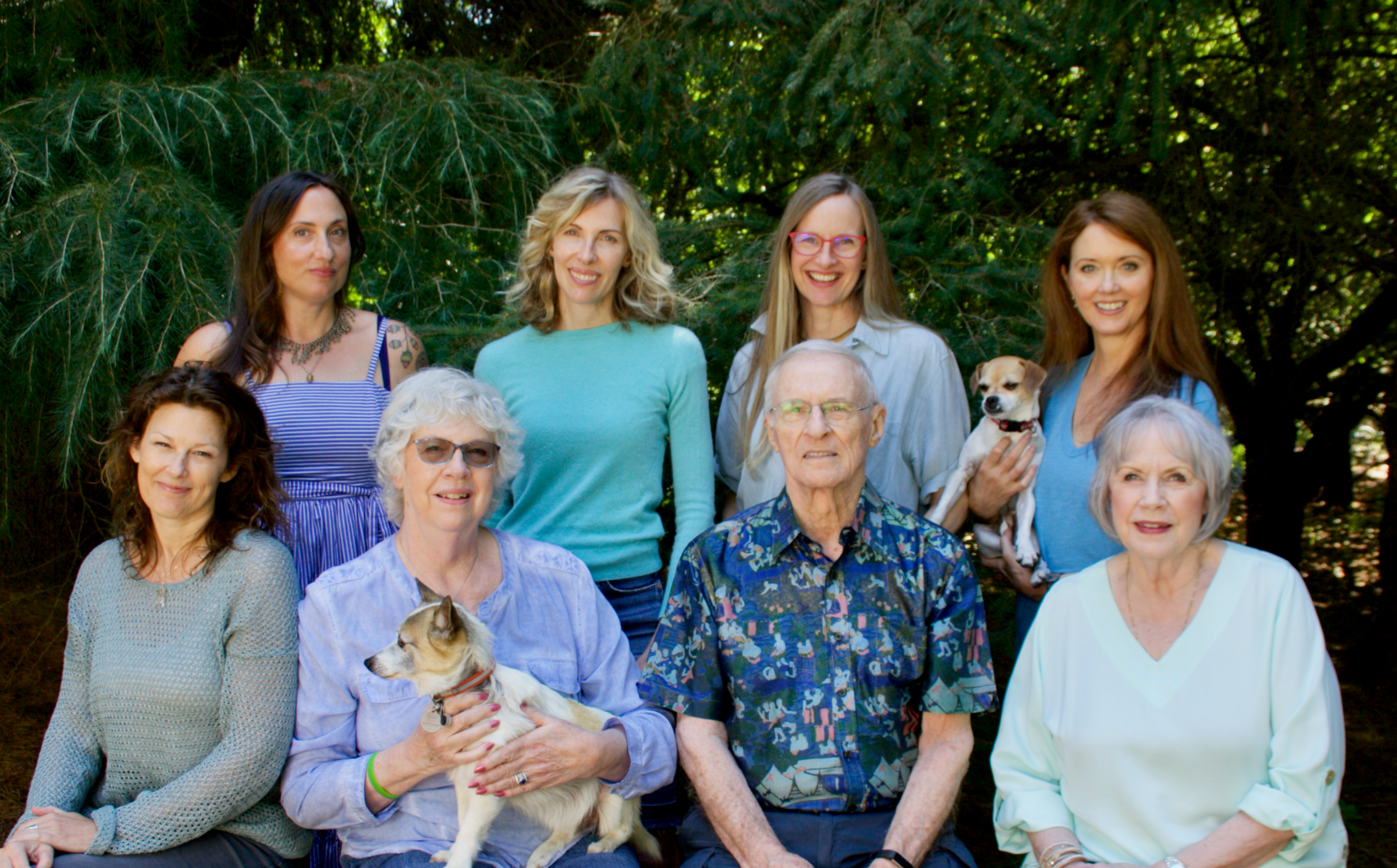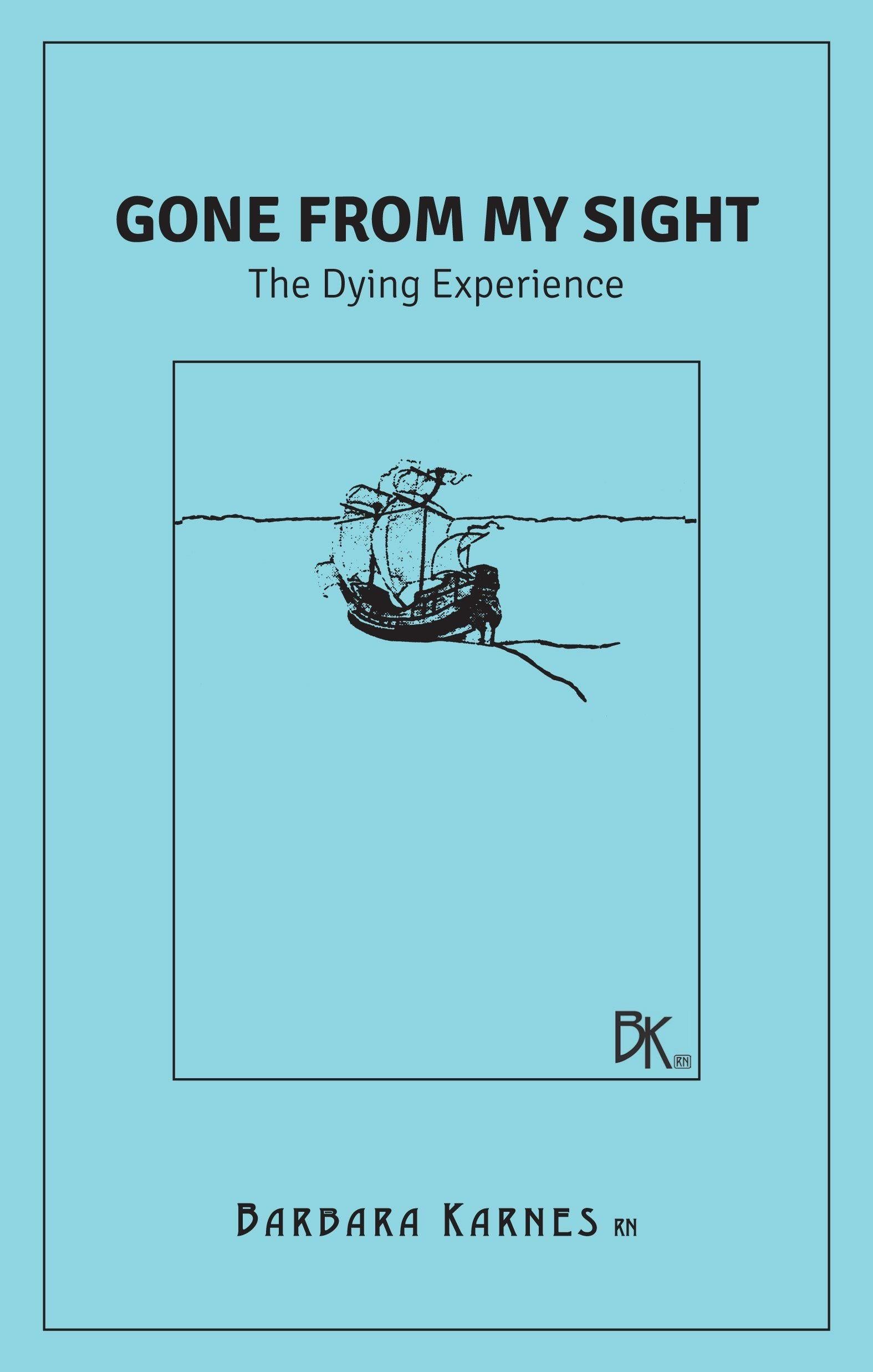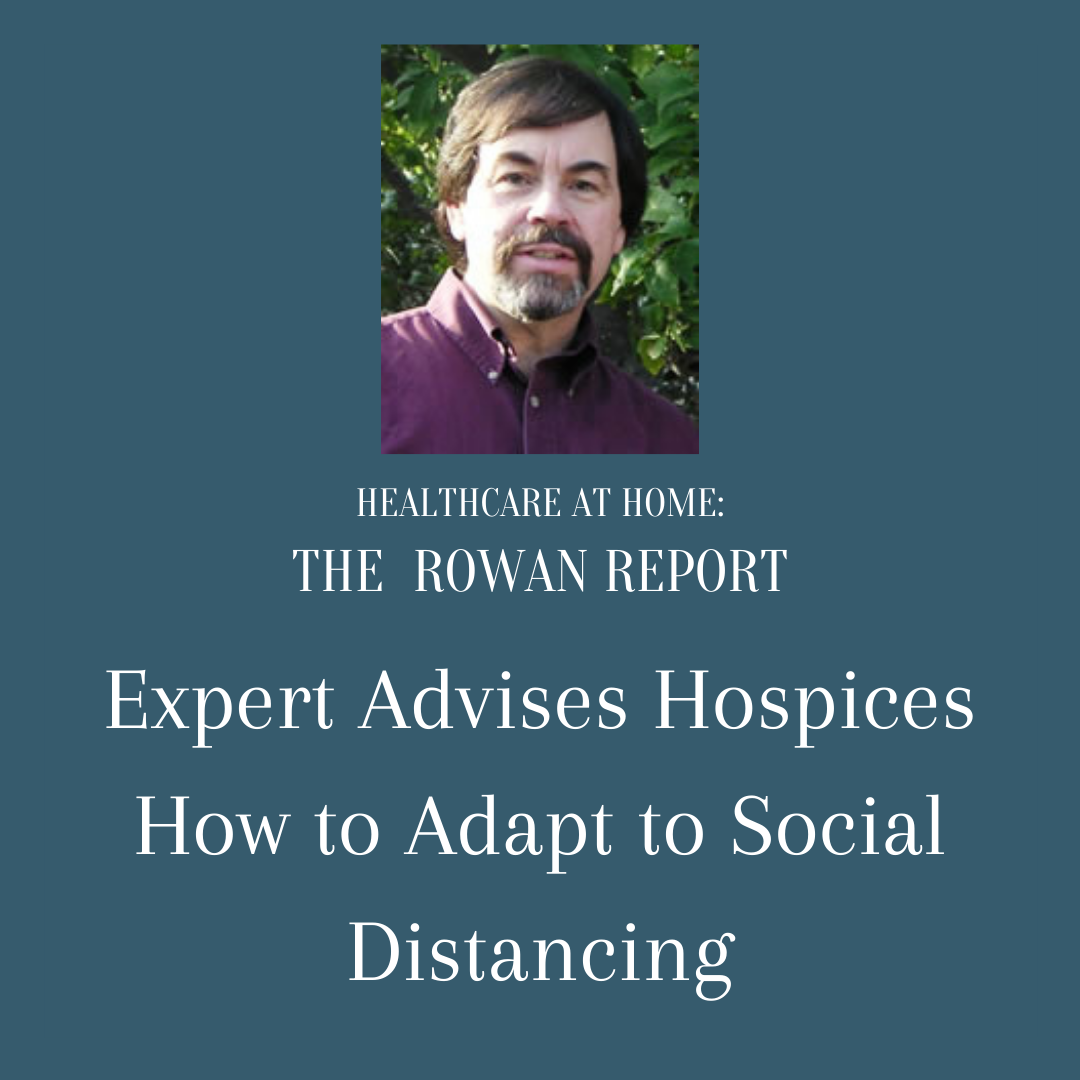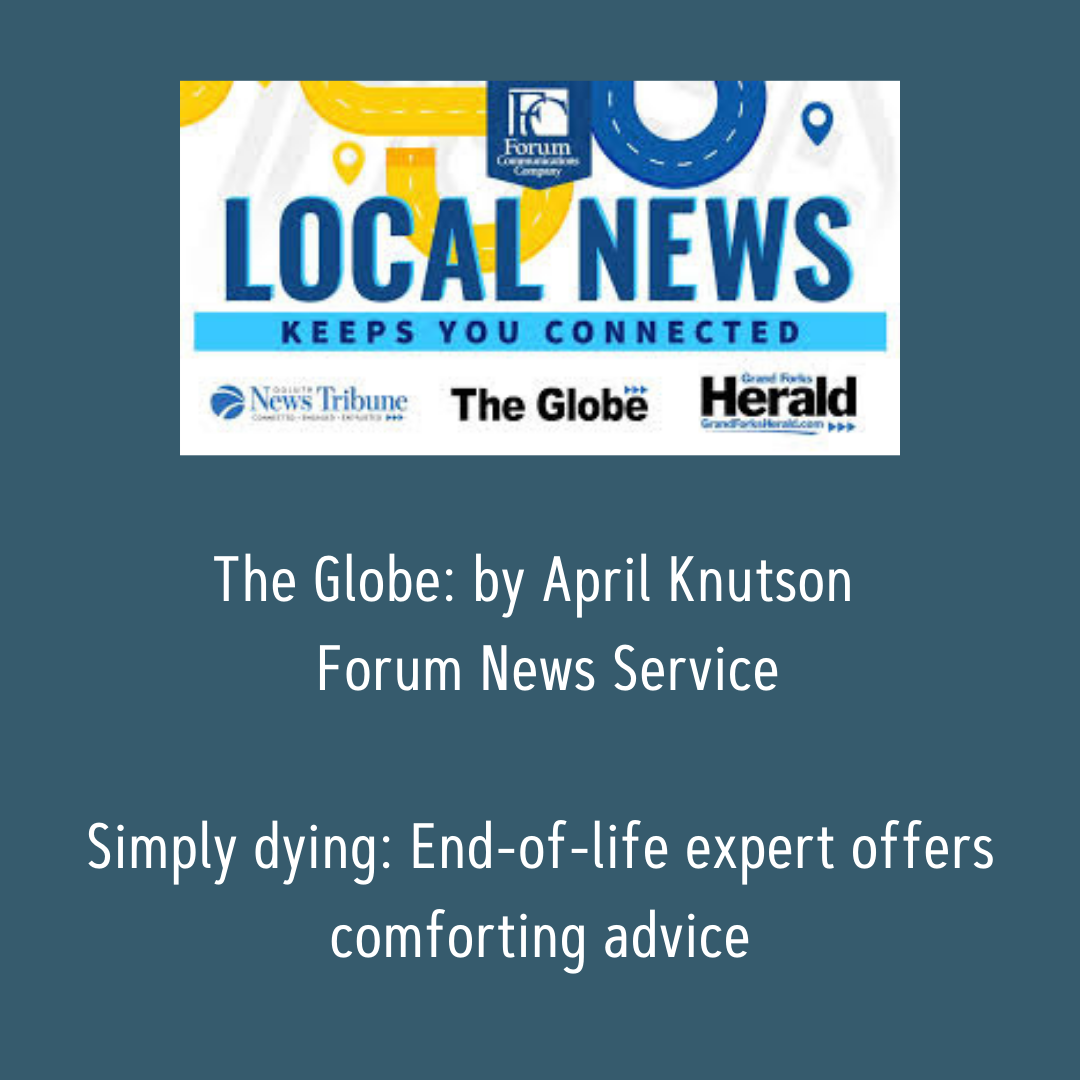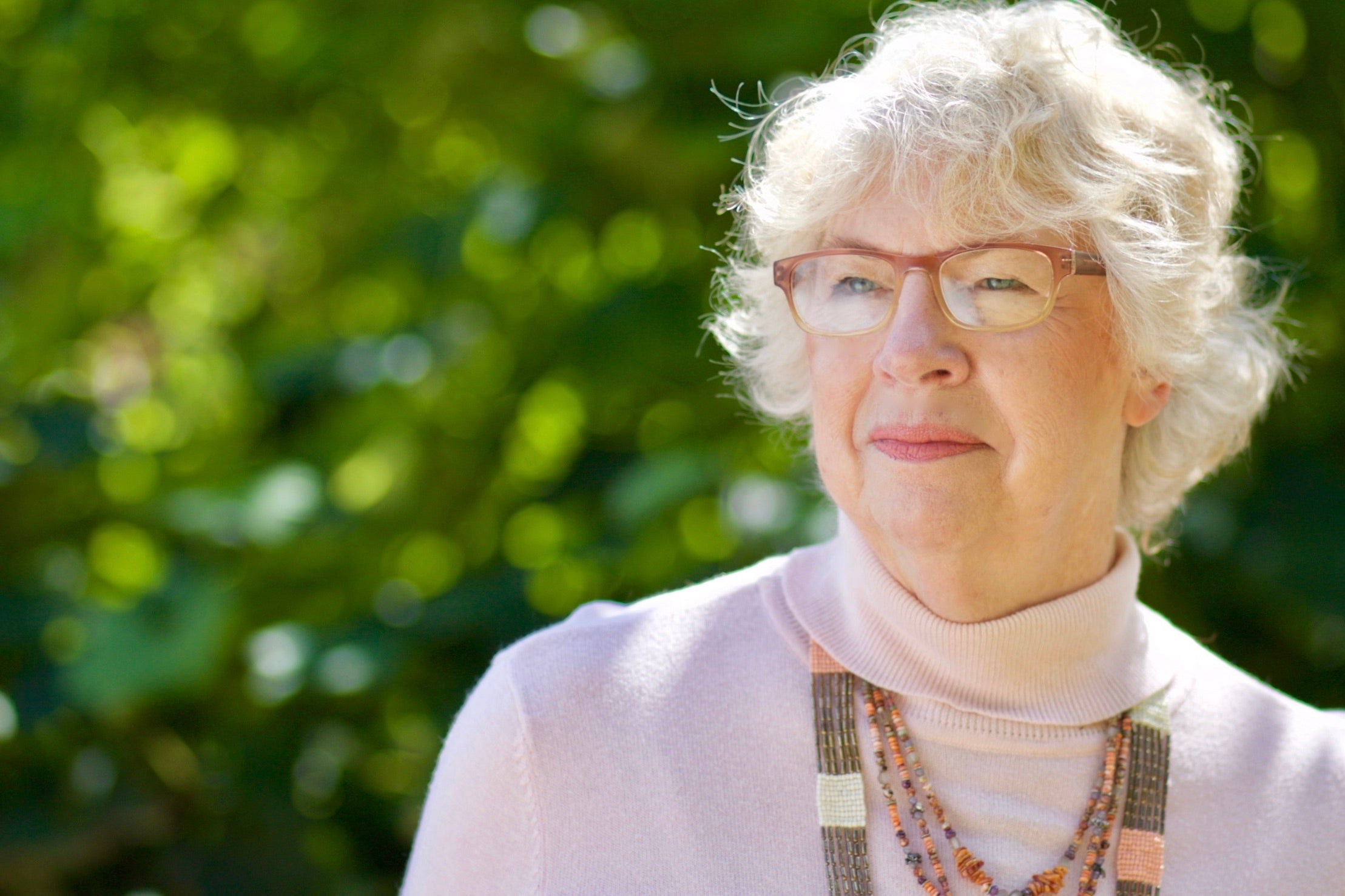An Interview With Barbara Karnes, Nurse, Author, and End-of-Life Educator, Part One by Colleen Ferguson of SevenPonds
In this first part of a two part interview, I sit down with award-winning author, nurse, and end of life educator, Barbara Karnes to talk about her experiences and insight with end of life. Among many other works, Barbara is know for “Gone From my Sight” (aka the “blue book”) which was the first hospice industry resource for patients and family about the dying process.
Editor’s Note: This interview has been edited for length and readability.
Colleen Ferguson: Before we dive into your work in end of life education, I’d love to talk about your experience as a hospice nurse.
Barbara Karnes: It was after I had graduated from nursing school and had begun raising a family — I wasn’t working in the medical field at the time. It was the 1970s, and I was at that point where I was wondering what life is all about.
Soon after, we moved from Omaha to Kansas City, and I went to a class entitled “Hospice Concepts.” I was in a whole new place, thinking to myself, “What do I want to do to become involved with this community?”
So, I began looking for work in hospice, and one place was hiring one nurse at the time, and I said I would volunteer with this nurse for 20 hours a week. I viewed it almost like an internship — it was my opportunity to learn about end-of-life care. The nurse I worked with was fabulous, and we made a great team. We truly learned as we went. There was very little knowledge about end of life, and no guidelines about what to do. There were no policies or protocols to guide us except for our humanity. I would stand on the porch and say, “Dear God, I seek to heal not hurt” because I never knew what was on the other side of that door.
So we were with family and patients for hours as they were approaching death. And that’s where I learned about what happens at the end of life. I noticed that everyone was doing the same thing. There was a process — the dying person would begin eating less, sleeping more and withdrawing.
These were universal consistencies in the dying process that I was seeing. But nobody talked about them, and nobody — at that time — knew there was a process.
Colleen: And is that what moved you to write “Gone From My Sight”?
Barbara: Yes, after one call where I sat with the family as their loved one was dying, I noticed the daughter was taking notes. I went home with the idea to teach the families that there was a natural process happening. I wanted it to be gentle, short, and at a fifth-grade level. No medical terminology, no jargon. I wrote it for people who are scared, stressed, and who want to find comfort and direction.
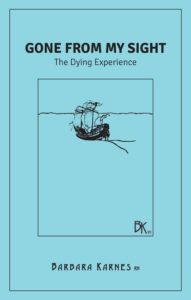
Most people fear the act of dying more than they actually fear being dead. And there’s two ways to die. Fast, which is being hit by truck or some other accident; or slow, which is either from disease or old age. And if you’re dying slowly, you’re going to go through a normal, natural dying process.
So it’s about showing people that there’s a normal, natural process and that mom is doing what she’s supposed to be doing. This is how a person dies. And this is what I want to convey to families, because they don’t know there’s a process and a lot of fear is there. All of my work is about neutralizing the fear that goes with end of life, and knowledge reduces fear.
Colleen: What advice do you have for people facing their loved ones death and end-of-life experience?
Barbara: Get some knowledge, so that you can support, guide, and understand what’s taking place. Get an advance care directive from the person who is ill. Get it now while they can express their wishes. If you don’t, then the chances are they will die the way the medical profession wants them to die instead of how they actually want to die.
I also recommend that you shop hospices before you need one. People equate hospice with dying, but they can really help through the whole process. And learn what you can about the dying process — get more knowledge. If you can learn and see that there is a normal, natural dying process, you can neutralize the fear by a huge percentage. We’ll always be afraid of the unknown, but educating ourselves adds a little bit of “known” into it.
Join us next week when we continue our interview with Barbara and talk about how the hospice industry has changed and what it looks like in the future. Read More...
